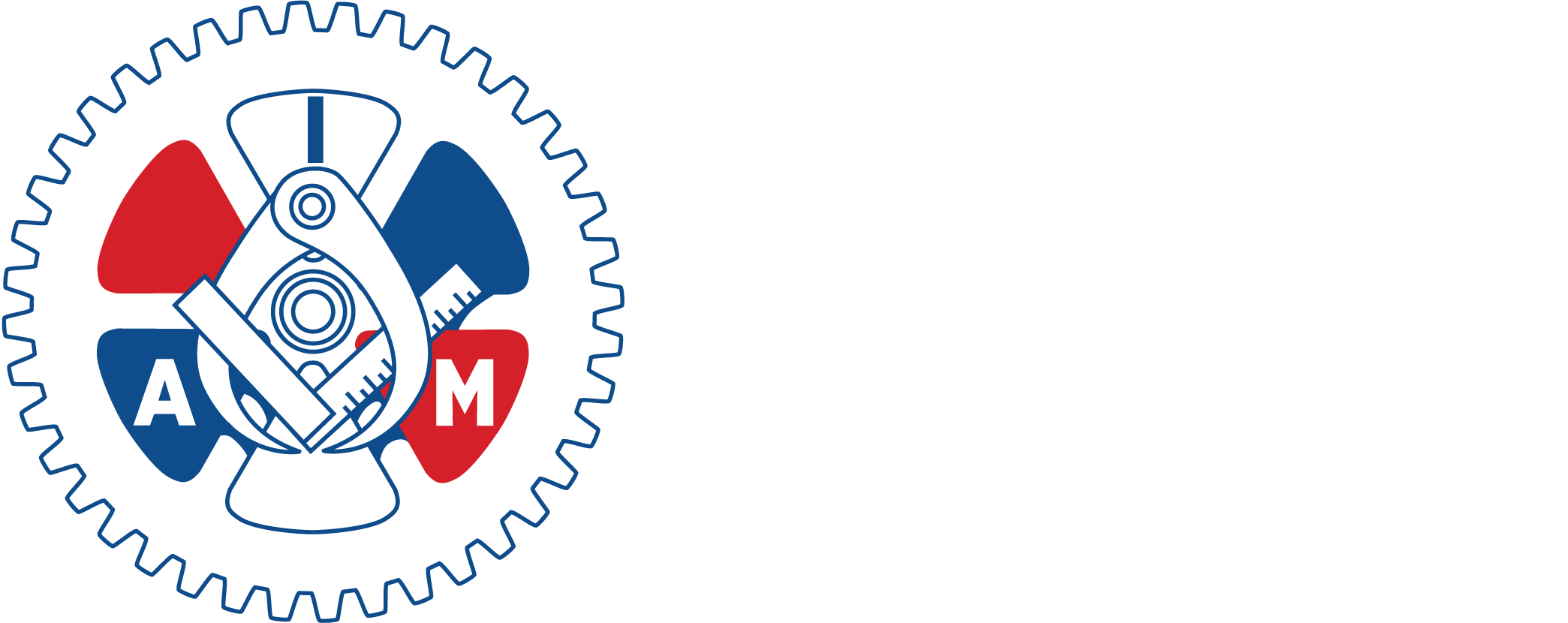Frequently Asked Questions
Who’s the “IAM”?
The IAM is a labor union. We are made up of some 600,000 working men and women in North America. We work at Boeing, Southwest Airlines, Harley-Davidson, Lockheed Martin, United Airlines and so much more. Learn more at our “About Us” page.
What exactly is a labor “union”?
We’re stronger together. Joining together in unions enables workers to negotiate for higher wages and benefits and improve conditions in the workplace. There are millions of union members in America from all walks of life. These individuals know that by speaking up together, you can accomplish more than you could on your own.
What is collective bargaining?
The process in which working people, through their unions, negotiate contracts with their employers to determine their terms of employment. Every year, millions of America’s workers negotiate or renegotiate their bargained contracts.
What can union members bargain with their employers over?
By law, the employer is required to bargain over “wages, hours, and other terms and conditions of employment.” This includes:
- Wages
- Health and safety procedures
- Discipline and grievance procedure
- Arbitration
- Seniority
Fringe benefits are also negotiable. This might include:
- Vacation
- Holidays
- Pensions
- Health insurance
- Sick time
- Severance pay
How do I join the IAM?
Joining the IAM involves working with your co-workers to build support for union representation. Learn more at the “Get Started” page.
What happens next if we vote to join the IAM?
One of the first things we will do is survey all of the workers at your shop to identify issues and problems you would like to see addressed during negotiations with the company. A negotiating committee is then formed, consisting of employees in your bargaining unit. Alongside an experienced IAM rep, this negotiating committee then meets with the company to start contract negotiations. Once a “tentative agreement” is reached, you and your co-workers will vote on whether to accept or reject the contract offer.
How much will my dues be?
IAM dues are established through Local or District Lodge bylaws and add up to just a fraction of your monthly take-home pay.
What do my dues pay for?
Dues secure all the benefits, rights, services and privileges that are negotiated through collectively bargained contracts. Check out the “union advantage” page to see all that dues pay for.
How is the money monitored?
In every Local and District, at least six officers share responsibility for protecting the members’ dues money. Local Lodge funds must also be audited twice a year. The members nominate and elect auditors (Local Lodge officers may not serve as auditors) and three Trustees to review and verify the auditor’s reports. The reports must then be submitted for review by the Local membership and the General Secretary-Treasurer. As a further check, the International Union conducts periodic, unannounced audits of Local and District Lodge books. Likewise, the integrity of International Union finances are protected through annual audits by an independent firm of certified public accountants.
Will my dues money go to politics?
Dues money does not go towards political candidates. Every dollar spent on political lobbying comes from voluntary donations to the Machinists Non-Partisan Political League (MNPL).
Does the union protect lazy people?
Work standards and conduct are just as important in a unionized workplace, and management still has a responsibility to address poor performance. Unions make sure the hiring process is objective, so management can’t just hire and promote their friends.
Will the Union harm my employer?
No. If anything, it will help productivity. That’s because people who form a union are more satisfied and productive at work. Joining in unions also reduces costly turnover and makes the workplace safer.
Will we have to strike?
Strikes get tons of publicity, but the odds are you will never go on strike. Every year, 99 percent of all IAM negotiations are settled without a strike, through businesslike, professional negotiations with the employer. No one in the IAM can order or force a majority of members to strike against their will. Members covered by the contract are notified and given the chance to vote on the proposed agreement and on whether to strike. It takes a simple majority (50 percent plus one) of those voting to accept a contract. It takes a two-thirds majority (at least 66.6 percent) to strike.
How do dispute resolutions work at a unionized facility?
Without a union contract, employers can make whatever rules they choose, and change the rules whenever they choose. With a union contract, you have rules and legal rights in the workplace that the employer cannot change without negotiating with the union. Everyone covered by the contract has the legal right to appeal – that is, to file a “grievance” – if they believe the rules have been broken. Trained IAM stewards and business representatives will meet with management to attempt to resolve the grievance. Ultimately, cases can be taken before an impartial arbitrator to be resolved.
How does the IAM ensure democracy and membership control of the union?
The IAM Constitution is the union member’s “bill of rights” and the fundamental law of the union. It guarantees the members’ right to nominate and elect their officers in secret ballot elections at every level of the union, from Local Lodge officers to the International President. It guarantees the members’ right to vote on contracts and to participate fully in every aspect of the life of their union. Changes to the constitution are made at the Grand Lodge Convention. Every four years a “convention call” is mailed to all Local Lodges. The members then nominate delegates and elect them in a secret ballot vote. Convention delegates, alone, have the power to amend the Constitution. The number of Convention delegates and votes assigned to a Local depends on the size of its membership.
